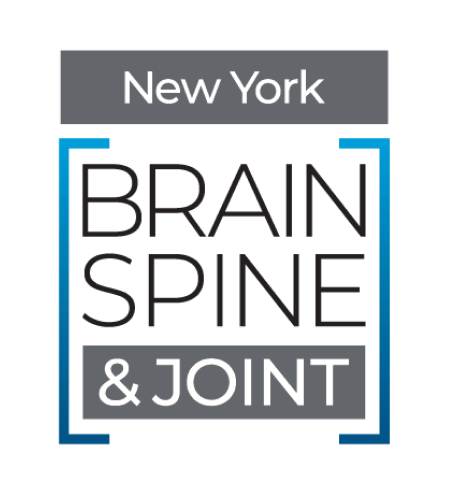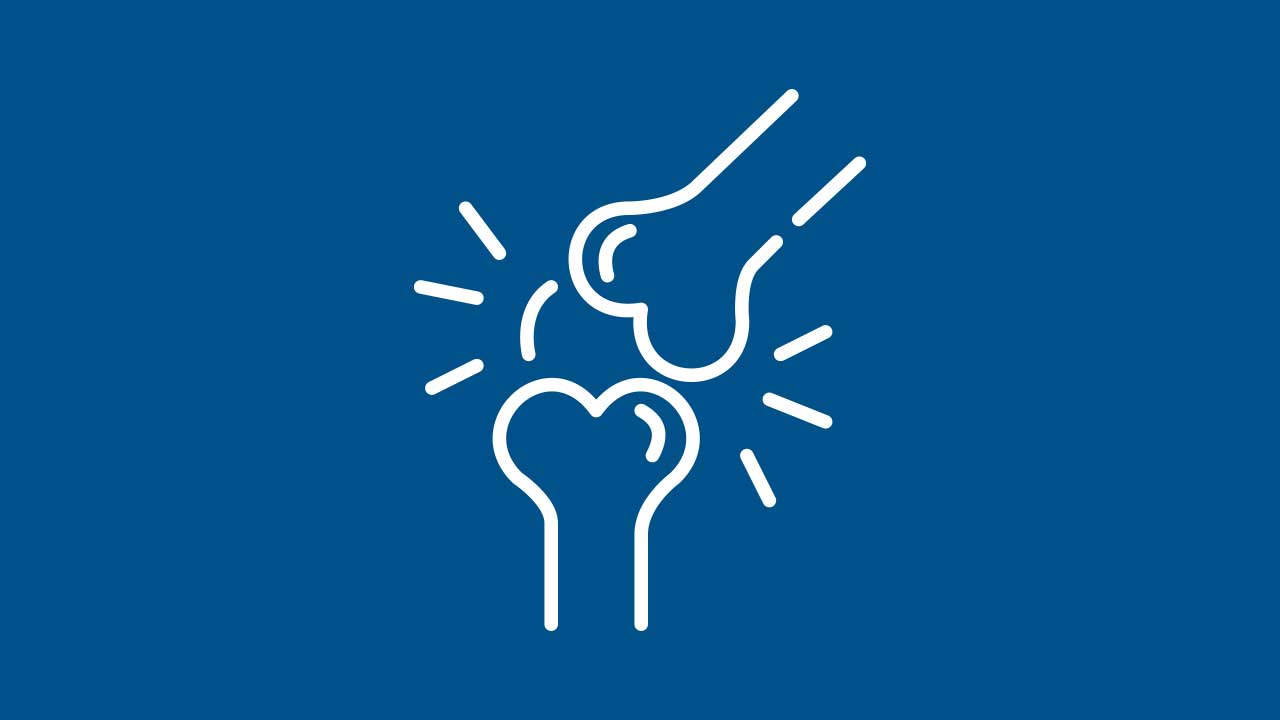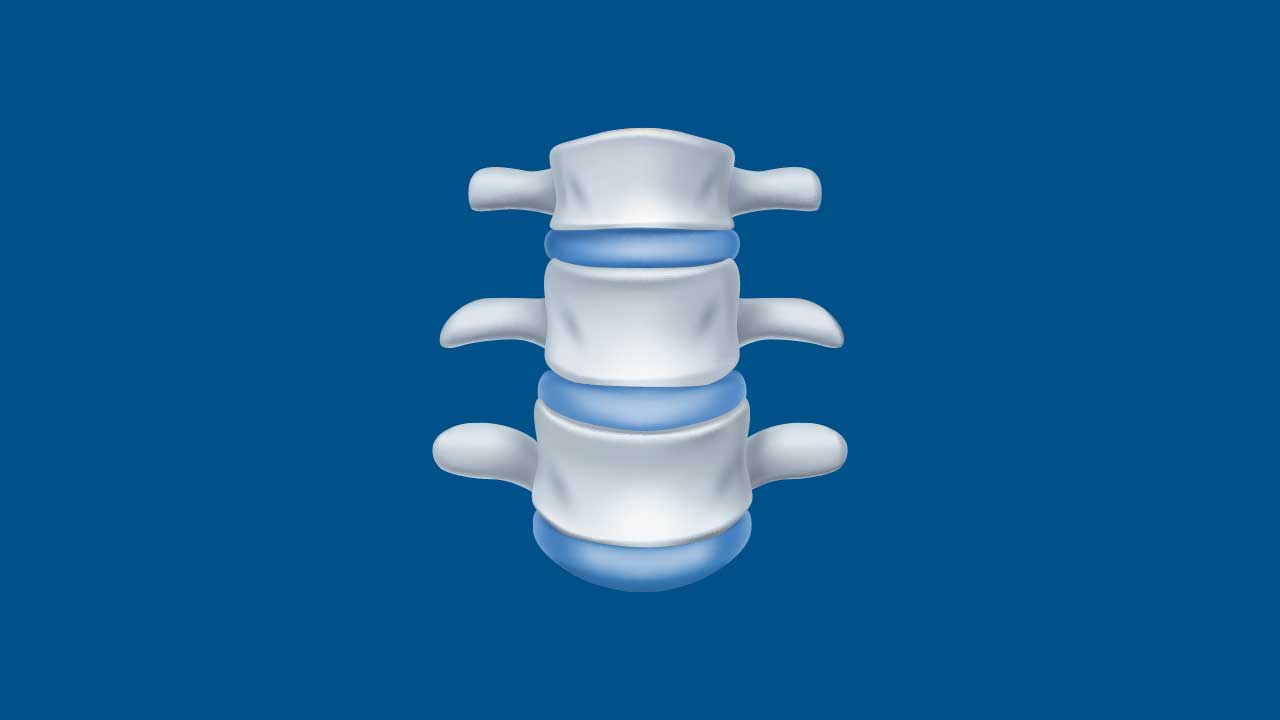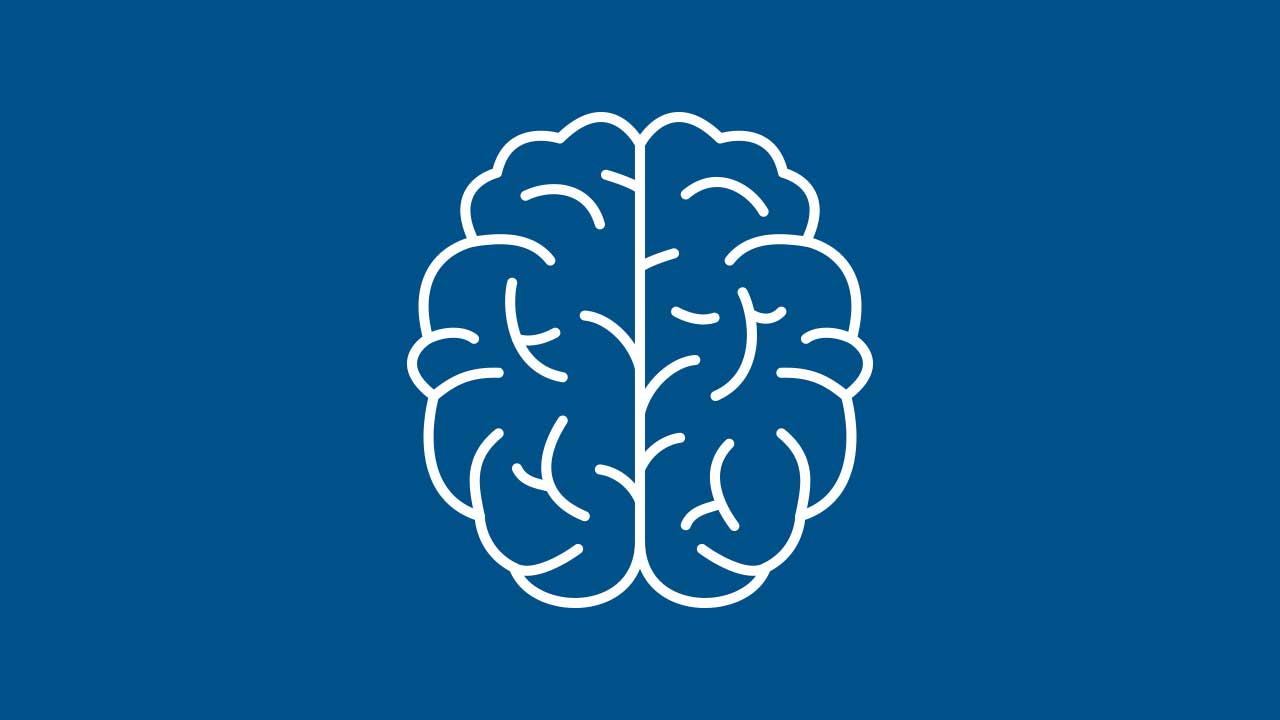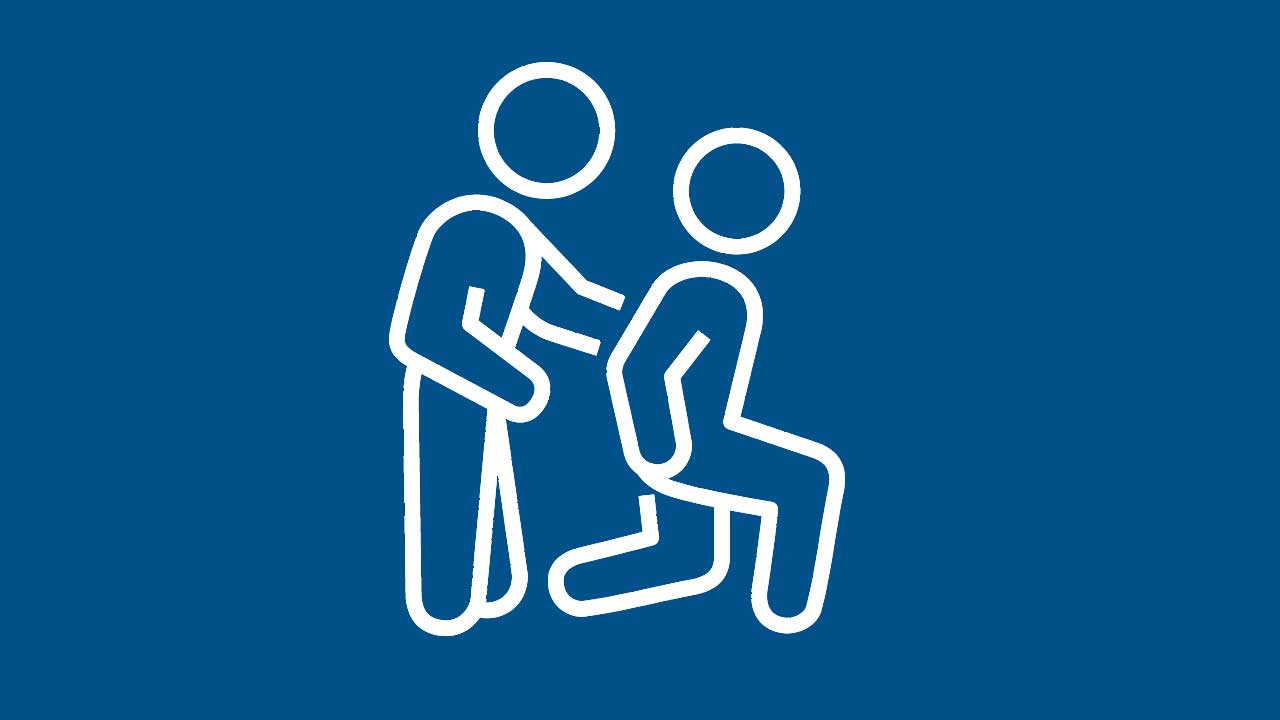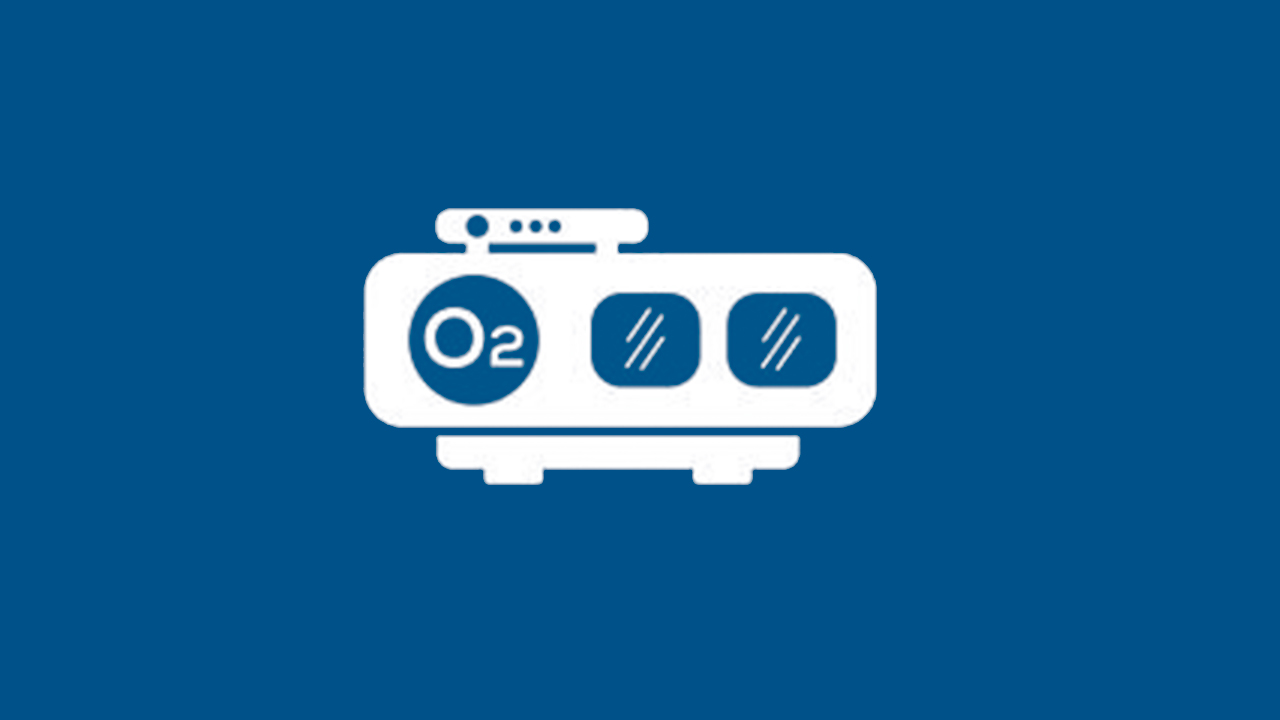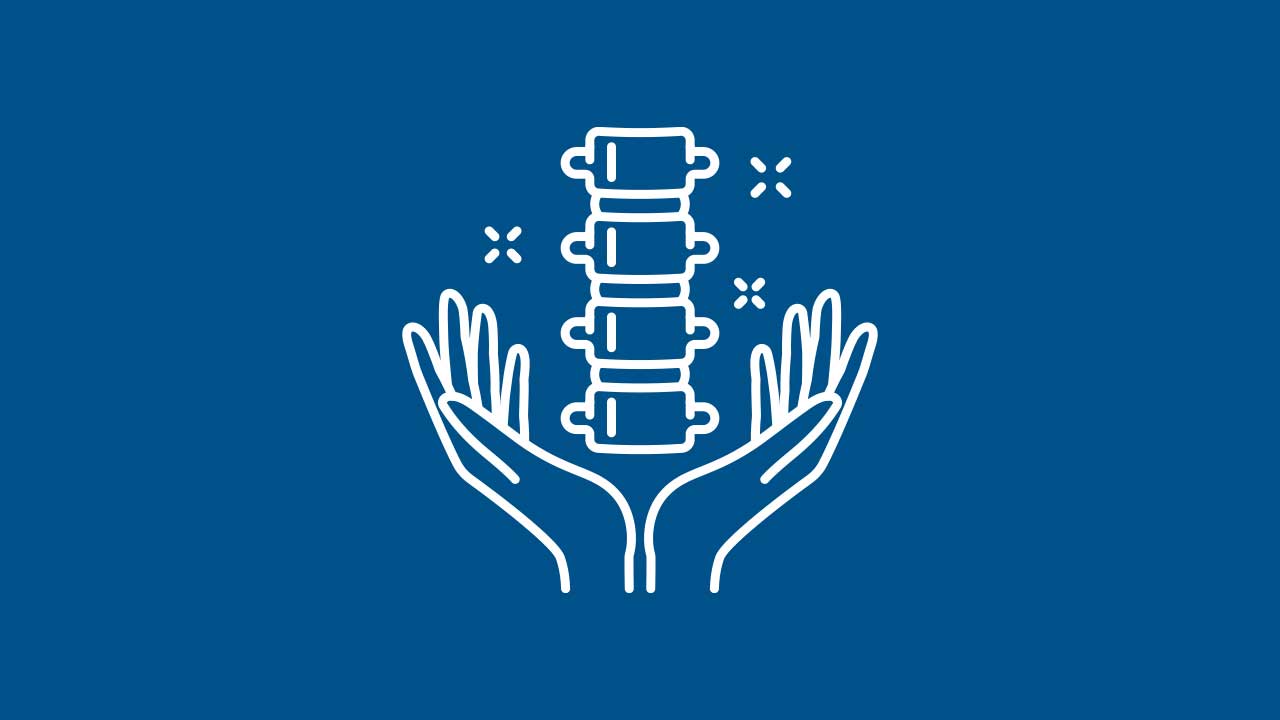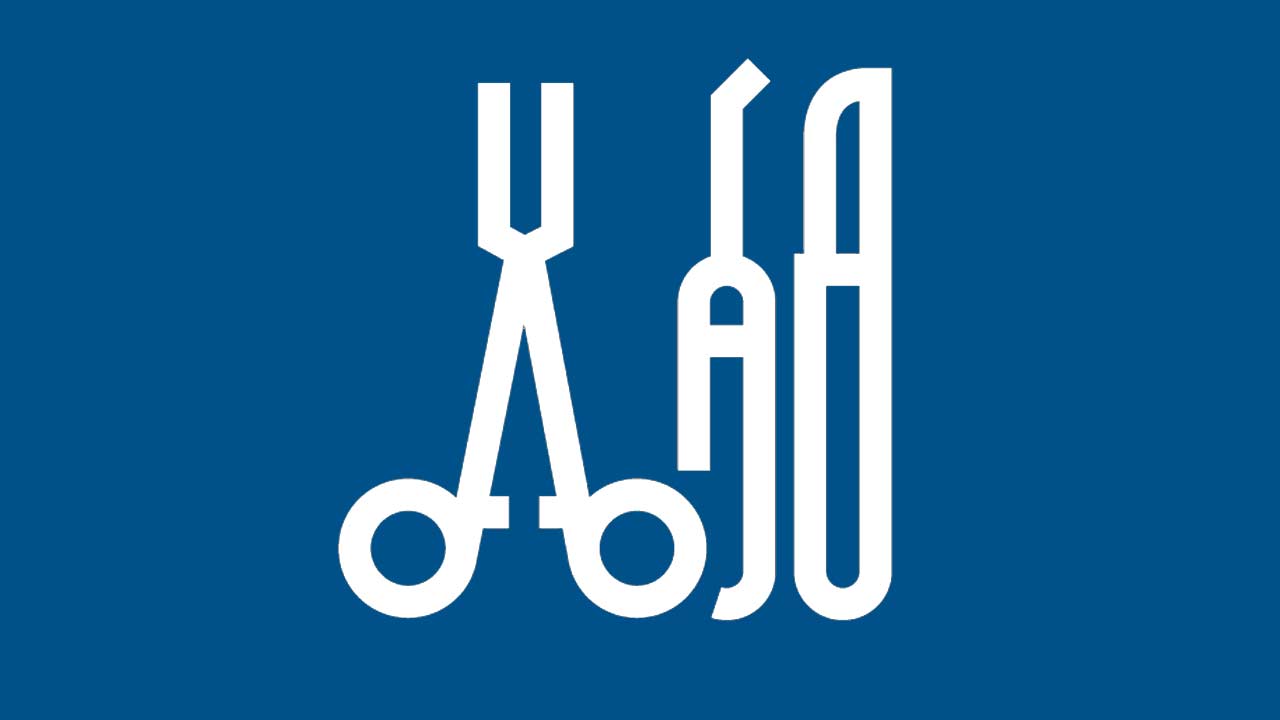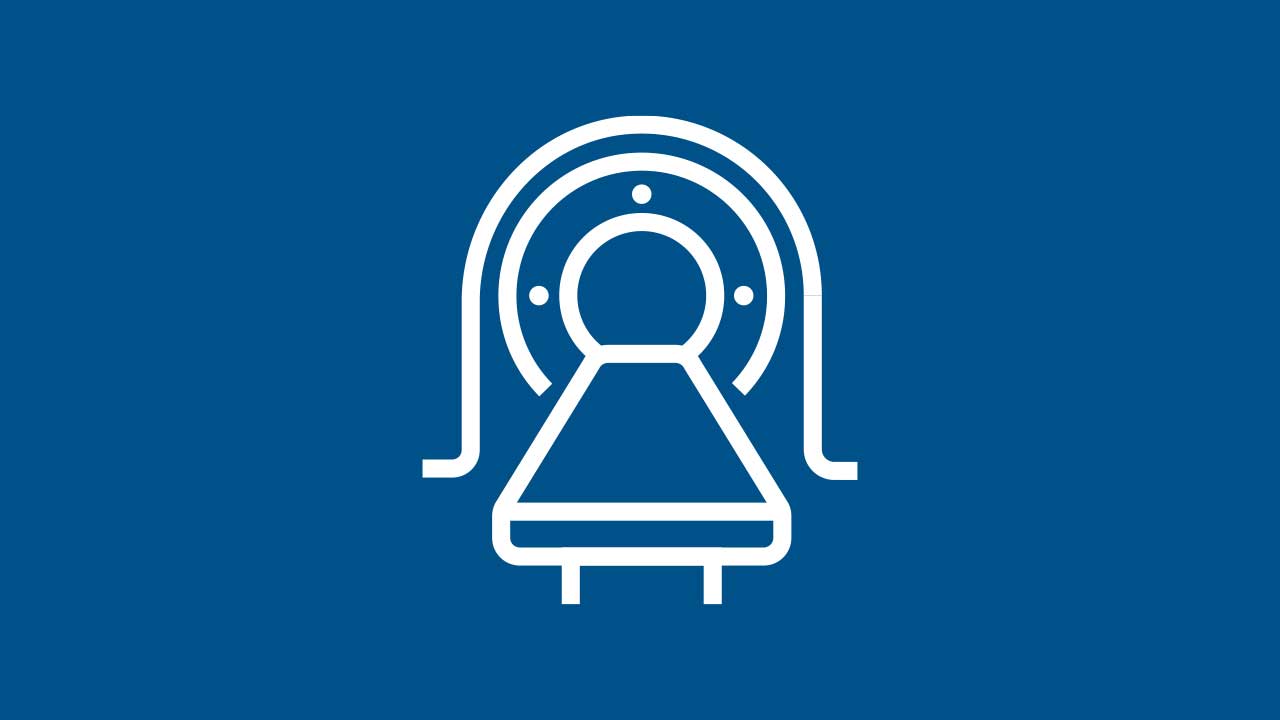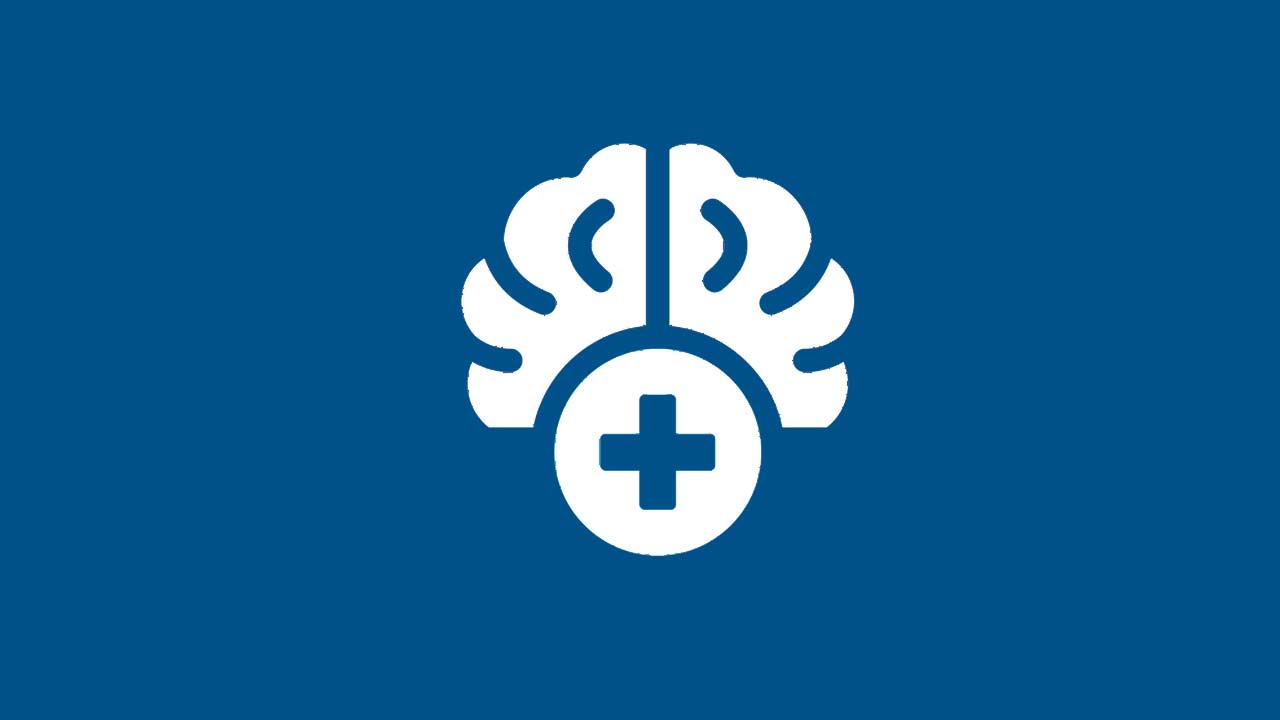Brain Aneurysm
Brain Aneurysm: Recognizing, Diagnosing, and Addressing an Intracranial Threat
A brain aneurysm is a bulge or ballooning in a blood vessel in the brain. Over time, the vessel wall weakens, creating a sac-like outpouching that has the potential to rupture. A ruptured aneurysm can lead to subarachnoid hemorrhage—an emergency situation that may result in serious neurological damage or even be life-threatening.
Understanding Brain Aneurysms
Brain aneurysms commonly occur in the arteries at the base of the brain, an area known as the Circle of Willis. The aneurysm often forms at branch points where the arterial wall is structurally more vulnerable. While many aneurysms are small and remain undetected, they can grow over time and pose a significant risk if they burst.
Common Causes and Risk Factors
- Congenital Weaknesses
Certain inherited conditions (e.g., polycystic kidney disease, connective tissue disorders) can predispose individuals to weakened vessel walls. - Lifestyle Factors
Smoking: Damages blood vessel walls, increasing the risk of aneurysm formation and rupture.
High Blood Pressure: Chronically elevated pressure strains arterial walls. - Age and Gender
Brain aneurysms are most commonly detected in adults over 40 and are slightly more prevalent in women. - Family History
Having a first-degree relative with a history of cerebral aneurysms may increase one’s susceptibility.
Signs and Symptoms
- Unruptured Aneurysm
Most produce no symptoms until they grow large or press on nearby structures. Some people experience headaches, blurred vision, or pain above/behind the eye. - Ruptured Aneurysm
Thunderclap Headache: A sudden, extremely severe headache often described as the “worst headache of my life.”
Nausea, vomiting, neck stiffness, sensitivity to light, or loss of consciousness.
Neurological deficits (e.g., weakness, speech difficulties) if bleeding damages specific brain areas.
Diagnosing a Brain Aneurysm
- Imaging Tests
CT Scan: Quickly detects if there is bleeding around the brain (subarachnoid hemorrhage).
MRI/MRA: Provides detailed images of blood vessels and surrounding brain tissue.
Cerebral Angiogram: A definitive study involving a contrast dye to map blood vessels and precisely locate the aneurysm. - Lumbar Puncture
May be performed if bleeding is suspected but not visible on a CT scan. Spinal fluid is examined for blood.
Treatment Options
- Observation and Management
Smaller, asymptomatic aneurysms may be closely monitored with periodic imaging; reducing blood pressure and quitting smoking are vital preventive steps. - Endovascular Coiling
A minimally invasive procedure where coils are inserted through a catheter and placed into the aneurysm to block blood flow, promoting clotting within the aneurysm sac. - Surgical Clipping
A neurosurgeon places a tiny metal clip at the neck of the aneurysm to stop blood flow into the bulge. - Flow Diversion Devices
Specialized stents redirect blood flow away from the aneurysm, facilitating gradual occlusion. - Supportive Care
In cases of rupture, treatments focus on stabilizing the patient, controlling intracranial pressure, and preventing vasospasm or rebleeding.
Recovery and Long-Term Considerations
- Rehabilitation: Patients recovering from a ruptured aneurysm may require physical therapy, occupational therapy, or speech therapy to address neurological deficits.
- Follow-Up Imaging: Ensures the treated aneurysm remains stable or to detect any new aneurysms.
- Lifestyle Adjustments: Controlling hypertension, avoiding smoking, and maintaining a healthy diet can reduce the risk of complications or future aneurysms.
Our Multi-Disciplinary Approach in NYC
Our multi-location, multi-disciplinary medical practice in the New York City metro area provides patient-focused care for brain, spine, and joint conditions. Collaborating neurosurgeons, interventional neuroradiologists, neurologists, and rehabilitation specialists work together to ensure accurate diagnosis and effective treatment of brain aneurysms. We welcome patients from New York state, across the U.S., and around the world.
Additional Resources
Conclusion
A brain aneurysm can be silent and go unnoticed for years—or it can present suddenly with life-threatening complications. Timely evaluation by experienced specialists is essential for both diagnosis and treatment. Whether you require close monitoring or an interventional procedure, our team is dedicated to providing high-quality, personalized care to help you achieve the best possible outcome.
Disclaimer: This article is for informational purposes only. It is not a replacement for professional medical advice. Consult a qualified healthcare provider for personalized medical guidance.
